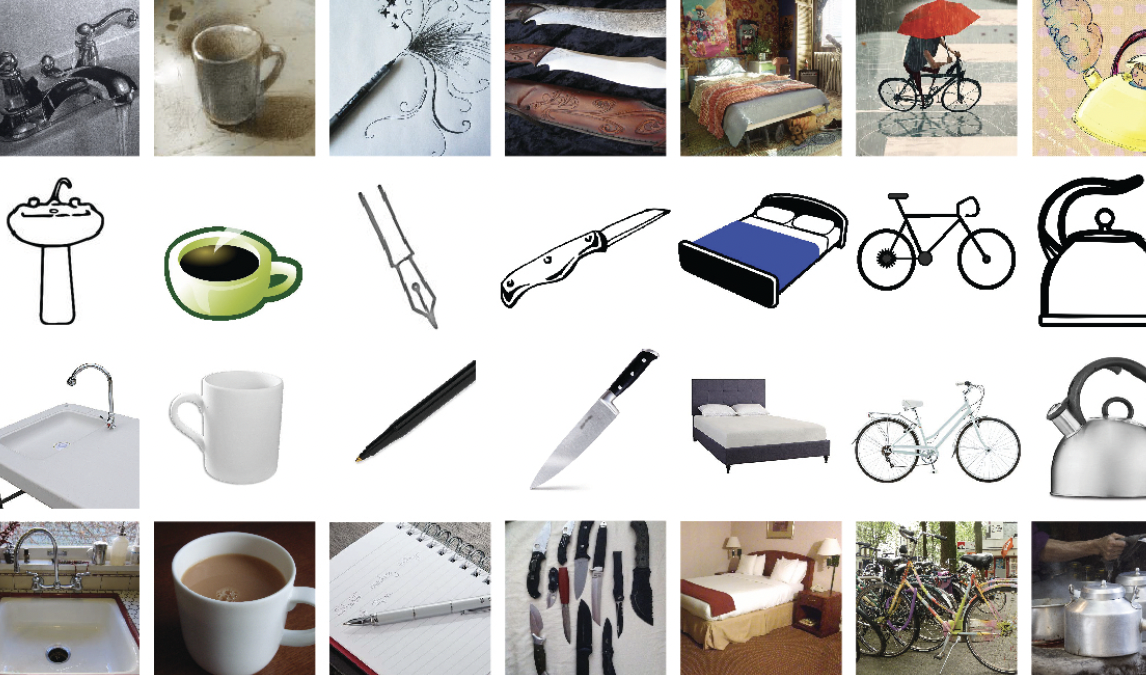
Domain Adaptation (DA) techniques aim to overcome the domain shift between a source domain used for training and a target domain used for testing. In recent years, vision transformers have emerged as a preferred alternative to Convolutional Neural Networks (CNNs) for various computer vision tasks. When used as backbones for DA, these attention-based architectures have been found to be more powerful than standard ResNet backbones. However, vision transformers require a larger computational overhead due to their model size. In this paper, we demonstrate the superiority of attention-based architectures for domain generalization and source-free unsupervised domain adaptation. We further improve the performance of ResNet-based unsupervised DA models using knowledge distillation from a larger teacher model to the student ResNet model. We explore the efficacy of two frameworks and answer the question: is it better to distill and then adapt or to adapt and then distill? Our experiments on two popular datasets show that adapt-to-distill is the preferred approach.

Image classification is extensively used in various applications such as satellite imagery, autonomous driving, smartphones, and healthcare. Most of the images used to train classification models can be considered ideal, i.e., without any degradation either due to corruption of pixels in the camera sensors, sudden shake blur, or the compression of images in a specific format. In this paper, we have proposed a novel CNN-based architecture for image classification of degraded images based on intermediate layer knowledge distillation and data augmentation approach cutout named ILIAC. Our approach achieves 1.1%, and 0.4% mean accuracy improvements for all the degradation levels of JPEG and AWGN, respectively, compared to the current state-of-the-art approach. Furthermore, ILIAC method is efficient in computational capacity, i.e., about half the size of the previous state-of-the-art approach in terms of model parameters and GFlops count. Additionally, we demonstrate that we do not necessarily need a larger teacher network in knowledge distillation to improve the model performance and generalization of a smaller student network for the classification of degraded images.